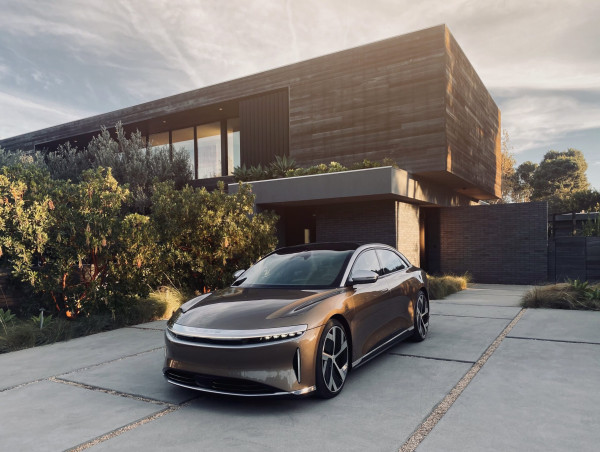The electric vehicle (EV) industry is seeing a torrent of bad news recently. Last week, I wrote that the portion of EV sales in the UK declined for the first time since records started in 2018. Before that, I wrote that thousands of US dealers were complaining about the slowing EV sales in their shops even after offering substantial discounts.
Hertz to sell its EVs
On Thursday, we had one of the worst EV news stories ever. In a statement, Hertz said that it will sell over 20,000 EVs and buy new Internal Combustion Engines (ICE). The company noted that there was low demand for the vehicles and that their maintenance was higher than ICE vehicles. As a result, the company will take a depreciation charge of over $245 million.
This statement came a few days after the company published weak financial results. In its guidance, the company estimated that its revenue for the fourth quarter will be between $2.1 billion and $2.2 billion. In a statement, the company’s CEO added that:
“Had our fleet in Q3 been similarly sized and comprised solely of [internal combustion engine] vehicles our EBITDA margin would have been several margin points higher.”
This report sends a warning about the EV industry, which has received billions in stimulus funding in the past few years. For one, it debunks the theory that maintaining EVs is cheaper than Internal Combustion Engine vehicles.
Most importantly, the fact that Hertz is selling these vehicles at a big loss will spread to individual car buyers. Indeed, while US EV sales jumped in 2023, there are signs that the trajectory is easing as most people opt for ICE vehicles.
EVs have more challenges than ICE vehicles
In addition to high maintenance costs, EVs have other challenges that are difficult to handle. The biggest issue is that it takes more minutes to fully charge an EV than it takes to fill gas. While charging speeds have increased, the process still takes a longer period.
At the same time, the charging infrastructure is still not as reliable as with gas stations. In most cases, it takes a few trips to find a station that is working. As a result, most people are afraid to take a long trip, say coast-to-coast, using an EV.
Further, some states like California and Texas still experience power shortages in some periods. In such a period, it is increasingly difficult to rely on an EV.

TSLA vs MULN vs GOEV vs FSR vs FFIE stocks
All this explains why EV stocks are not doing well. On Wednesday, I wrote that Mullen Automotive stock had plummeted to a record low. Other companies like Lucid Motors, Workhorse, Nikola, and Fisker are not doing well either, as shown above.
While Tesla shares are up sharply from their 2022 lows, they remain 24% below their highest point in 2023. Other EVs like Canoo and Faraday Future are burning cash and could be forced to either file for bankruptcy or raise dilutive cash this year.s
The post Another bad EV news puts Tesla, Fisker, Rivian, Canoo stocks at risk appeared first on Invezz





